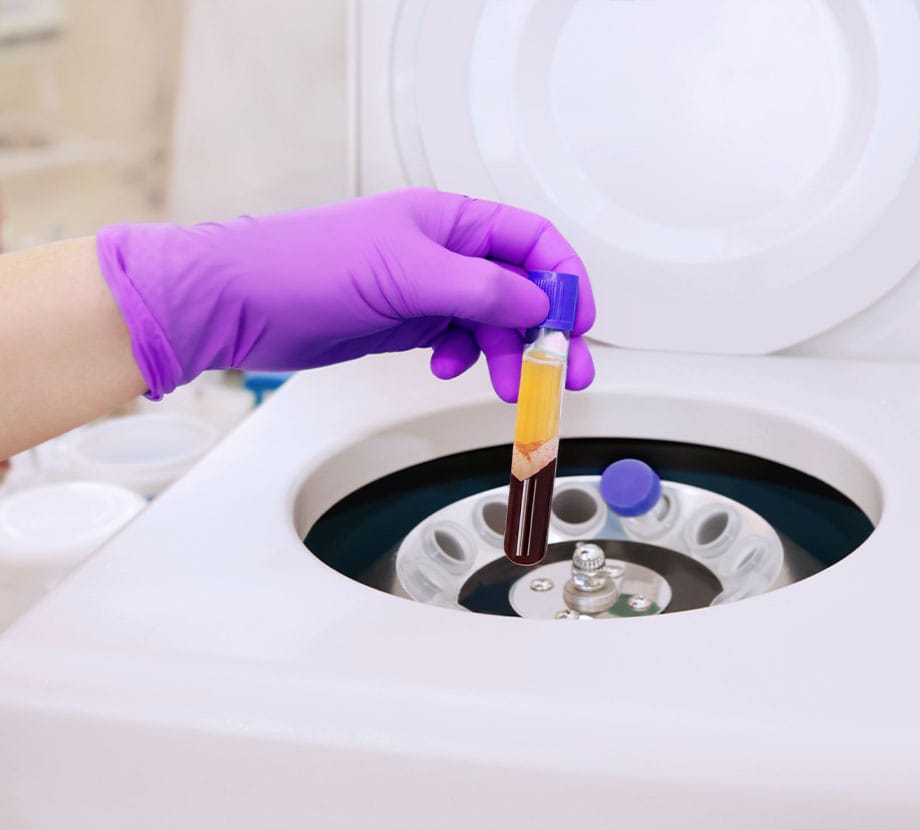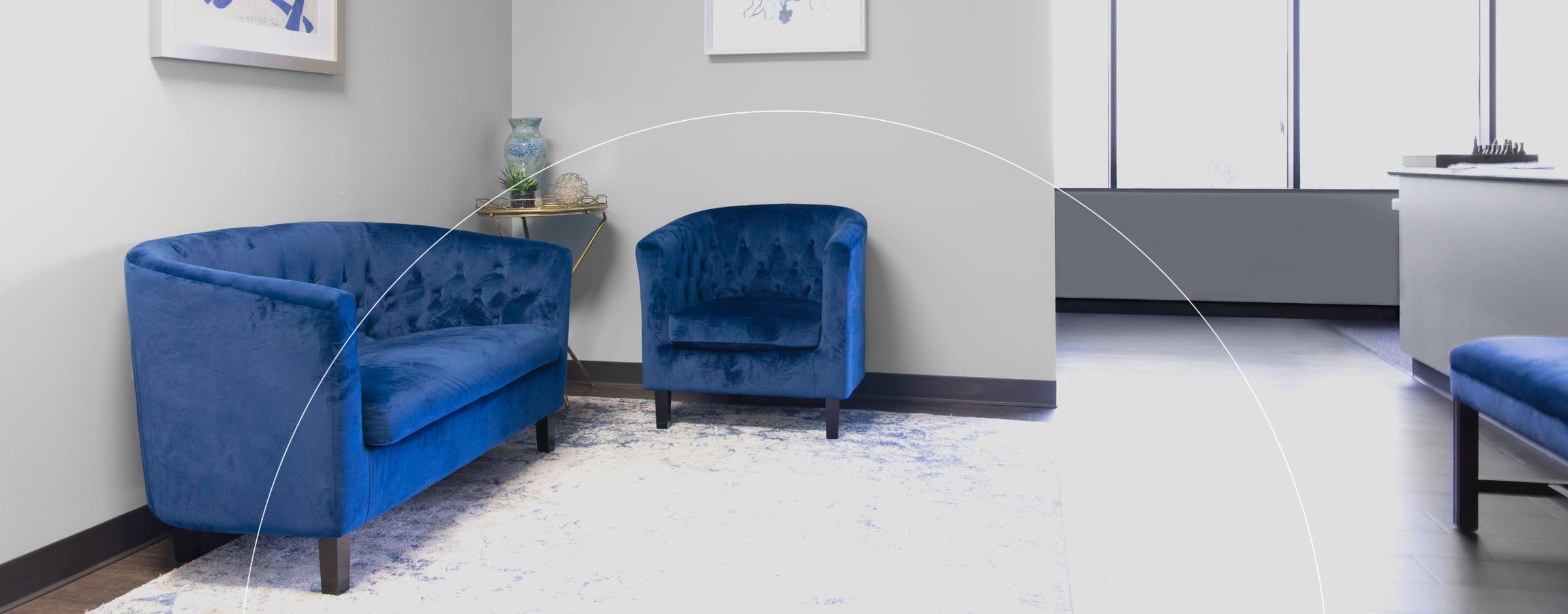What Is PRGF?
PRGF also known as Plasma Rich in Growth Factors is an FDA approved medical treatment that we offer that uses a patient's own blood to help heal injuries or tissue damage. The patient's blood is processed to concentrate the platelets and growth factors, which are then injected back into the body.

How Is PRGF Different from PRP?
While both PRGF and PRP involve the use of the patient's own blood to promote healing, they differ in the way the blood is processed.
PRP involves processing the blood to concentrate the platelets and growth factors, which are then injected back into the patient's body to promote healing. PRGF is a similar process but with a different technology used to concentrate the growth factors specifically.
The ENDORET® KIT, for instance, is designed to rapidly prepare PRP from a small sample of peripheral blood.
While both therapies use the patient's blood to promote healing, PRGF is used for more severe medical issues in the body.
Benefits of PRGF
- Stimulates tissue repair process with hundreds of endogenous proteins
- Promotes new blood vessel formation, cell mobilization, and proliferation
- Contains fibrin for balanced and gradual release of growth factors
- Accelerates healing and minimizes inflammation
- Reduces pain and speeds up recovery time

FAQ
Learn More About PRGF with Dr. Heidi Seifert
If you are ready to learn more about PRGF and how it may benefit you, please give us a call or fill out a contact form with your information and questions you may have and we will get in touch with you shortly.






